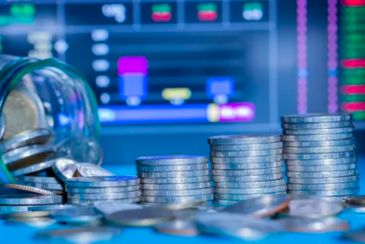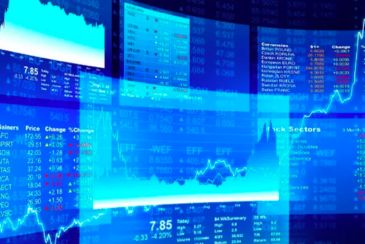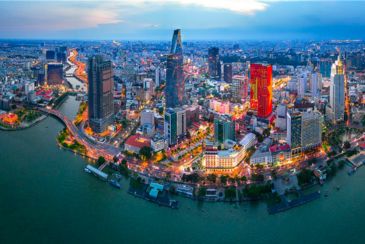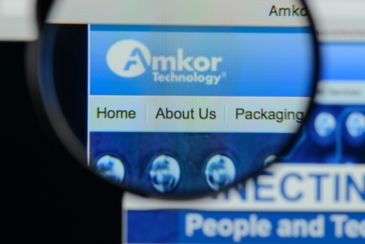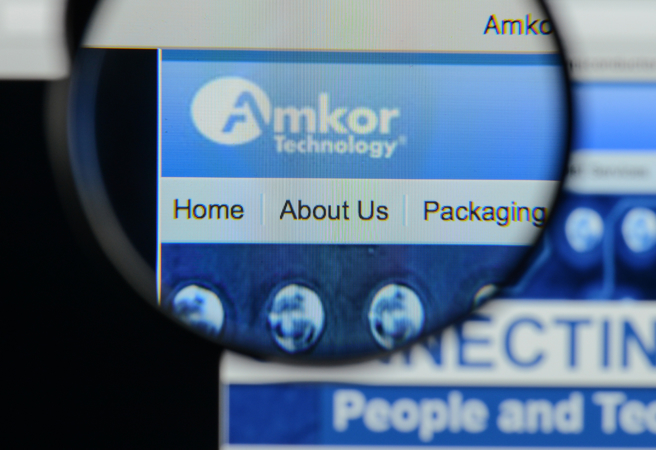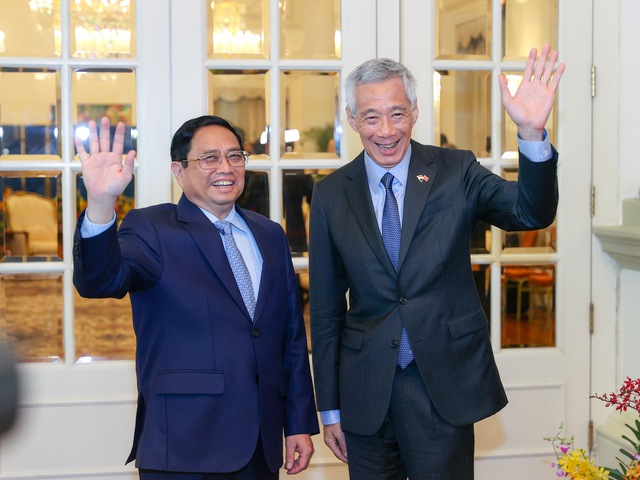Vietnam Investment: Investing in Manufacturing Industry
In addition to investing in Vietnamese real estate, stocks, and funds, business-minded readers can consider investing in the Vietnamese manufacturing industry. The development of Vietnam’s manufacturing sector has shown a trend towards diversification and scale, primarily concentrated in electronics, textiles, footwear, machinery, automobiles, and other fields.
The growth of Vietnam’s manufacturing industry is mainly attributed to factors such as low labor costs, strategic geographical location, and government support. Furthermore, Vietnam has signed free trade agreements with multiple countries, including the EU-Vietnam Free Trade Agreement, China-Vietnam Free Trade Agreement, and Korea-Vietnam Free Trade Agreement, expanding the market and development opportunities for Vietnam’s manufacturing sector. In recent years, many Hong Kong companies have invested in building factories in both Ho Chi Minh City and Hanoi, reducing manufacturing costs and increasing profits when fulfilling overseas production orders.

Vietnam’s manufacturing industry primarily focuses on sectors such as electronics, textiles, footwear, machinery, and automobiles. (Image source: carlos aranda@unsplash)
Advantages of investing in Vietnam’s manufacturing industry include
1. Relatively lower labor costs in Vietnam, which can reduce production expenses for manufacturers.
2. Vietnam’s strategic location in the center of Southeast Asia, with convenient transportation links to China, India, and ASEAN countries, facilitating import and export trade.
3. Vietnam has signed free trade agreements with multiple countries, such as the EU-Vietnam Free Trade Agreement, China-Vietnam Free Trade Agreement, and South Korea-Vietnam Free Trade Agreement, expanding market opportunities and development prospects for the Vietnamese manufacturing industry.

The relatively lower labor costs in Vietnam can help reduce production expenses for manufacturers (Image source: Lenny Kuhne@unsplash)
Risks in Investing in Vietnam’s Manufacturing Industry
1. Vietnam’s labor force may have relatively lower skills and a shortage of highly skilled technical personnel, which could potentially limit the development of the manufacturing industry.
2. Vietnam’s manufacturing industry may lag behind in terms of technological advancement and may lack the ability for independent innovation. This limitation could hinder progress in line with technological advancements.
3. Vietnam’s tax policies are relatively unstable, which may impact investors’ investment plans.
4. Environmental and Social Responsibility Concerns:** The manufacturing industry in Vietnam faces environmental and social responsibility challenges, such as pollution and labor rights issues. Strengthened management and supervision are necessary to enhance sustainability.

Vietnam’s manufacturing industry faces environmental and social responsibility issues (Image source: Lalit Kumar@unsplash)
Considerations for Investing in Vietnam’s Manufacturing Industry
1. Before investing in Vietnam’s manufacturing industry, investors should familiarize themselves with Vietnam’s relevant investment policies, tax policies, and legal regulations to ensure compliance with local laws and access corresponding investment incentives.
2. Investors need to search for reliable local partners, including suppliers, agents, banks, and others, to receive support and assistance in their local investment operations.
3. Investors should pay attention to local labor rights and environmental issues in Vietnam, ensuring compliance with local laws and environmental requirements to avoid potential risks and negative impacts.
4. Investors need to protect their intellectual property rights to prevent infringement and misuse, strengthening intellectual property management and protection measures.

Investors need to pay attention to local labor rights and environmental issues in Vietnam (Source: Rio Lecatompessy@unsplash)
Refer to the original post here
For additional details, refer to our SIA services | Link


